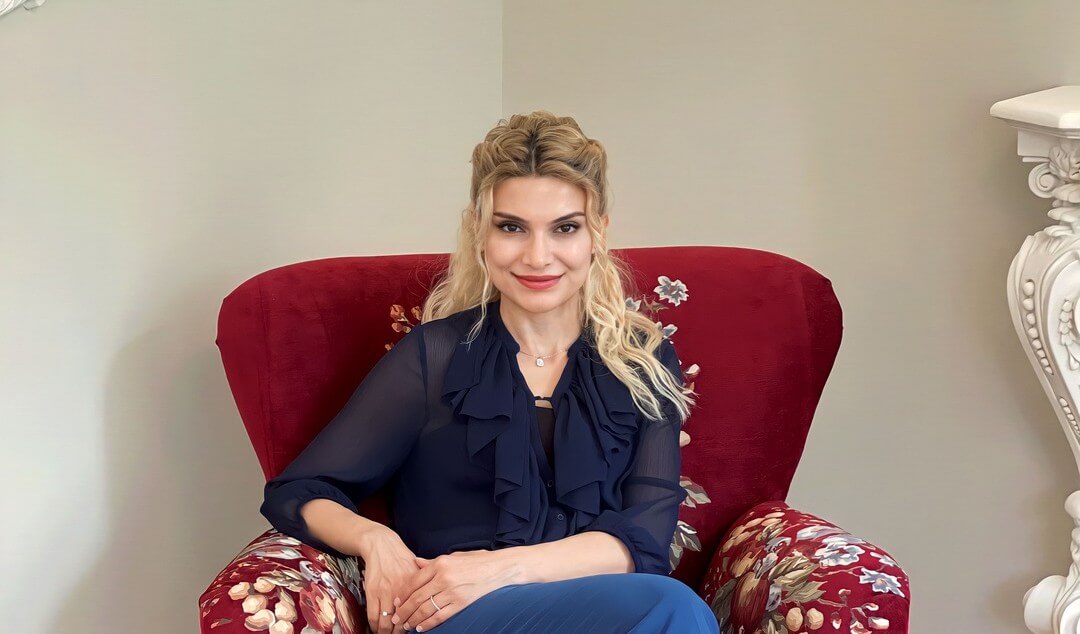Brow Lift Surgery
The level, shape, and harmony of eyebrows with the upper eyelids are crucial determinants of our facial expression. A low eyebrow level and excessive downward tilt of the outer edges can give a person a tired and unhappy appearance. In individuals with excessively low eyebrow levels, significant sagging and increased drooping on the upper eyelids can also affect the field of vision. In such cases, upper eyelid surgeries performed without brow lifting may lead to cosmetically undesired outcomes. The level, shape, and density of eyebrows are predominantly determined at birth but can further shift downwards with age due to gravitational effects on sub-brow fat and connective tissues. Additionally, eyebrow levels may decrease due to trauma to the eyebrow area or facial paralysis.
Who Are Good Candidates For Brow Lifting?
- Those with low brow height due to genetics or age
- Those with eyebrow asymmetry
- Those who develop sagging of the tissues around the eyebrows and eyes with age
- It may be used as part of upper face rejuvenation surgery.
Which Techniques Can Be Used In Brow Lift Surgery?
Brow lift surgery can be performed under local anesthesia, sedation, or general anesthesia depending on the technique. Various techniques are available, including indirect methods, direct methods, or endoscopic methods.
In the indirect brow lift technique, it is performed through the same incision while performing upper eyelid blepharoplasty. This method only allows surgery on the lateral part of the eyebrow and provides a limited change in eyebrow height.
The direct brow lift technique involves making an incision just above the upper border of the eyebrow, allowing regional or complete intervention along the eyebrow. Healing occurs with a fine scar along the incision line just above the eyebrow border. Postoperatively, scar creams, silicone tapes, or injection methods can be used to achieve acceptable long-term results without visible scars.
The endoscopic brow lift technique involves entering through small incisions within the hairline for brow lifting and, if desired, forehead lifting. Since the incision is made within the hairline, no visible scar remains. It is generally performed under general anesthesia, and a bandage is applied to the forehead area postoperatively.
As with any surgical procedure, bruising and swelling are expected in surgical areas. Ice application is recommended for the first 72 hours. Avoiding water contact with the wound site is advised for 4-5 days, and stitches are removed on days 7-10.
Endoscopic Brow Lift / Endoscopic Temporal Lift
In the endoscopic technique, the incision line is made through the scalp using special incision techniques. If the patient's goal is to lift only the outer parts of the eyebrow, which we call the lateral brow area, a small incision of approximately 1.5-2 cm is made in the scalp in the temporal region and the eyebrow level is raised with the help of an endoscope. In cases where a midline brow lift is also required, the brow level can also be raised endoscopically in the midline with small additional incisions of 0.5 cm on each side in the scalp above the forehead.
What Is The Recovery Process After A Brow Lift and Temporal Lift?
The procedure is performed under general anaesthetic. Stitches are removed within 7-10 days and patients can return to their social lives. Edema/ swelling and bruising will vary from person to person.
How Will My Facial Expression Change After Brow Lifting And Temporal Lift ?
By opening the distance between the eyebrows and the eyelashes and positioning them upwards, the patient is given a younger upper face and eye contour, a more dynamic and energetic facial expression.
Non-Surgical Brow Lift Methods
- Botulinum toxin applications
- Device-assisted methods
- Dermal filler applications
- Thread lift methods
Proper patient selection is crucial in these methods. These techniques may be inadequate for patients who do not require surgery or expect permanent effects.

